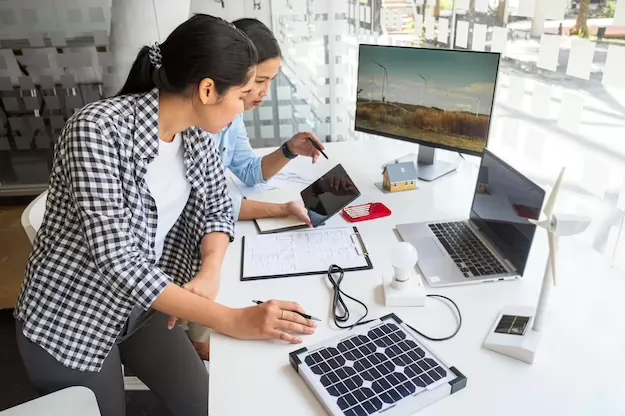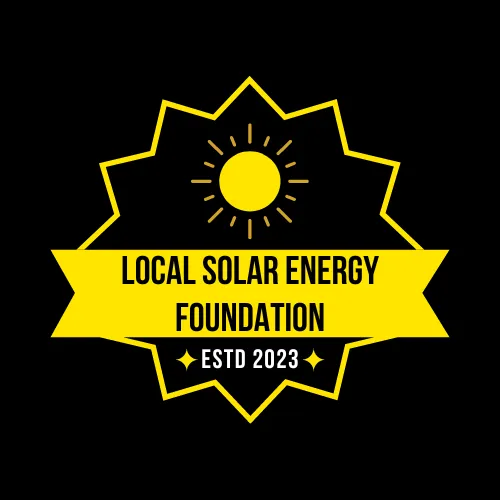Call Us With Your Solar Questions: (845) 262-4480
Get educated about solar

Solar PV Performance Issues: Identifying and Resolving Efficiency Problems
Solar photovoltaic (PV) systems (or, simply, solar panel systems) have emerged as a popular and sustainable solution for clean energy generation. However, like any technology, they are not immune to performance issues that can impact their efficiency. Understanding and addressing these problems is crucial to maximize the energy output of solar PV installations.
One common issue is shading, where even a small portion of the panel obstructed by trees or buildings can significantly reduce the overall system performance. Regular inspections and trimming of nearby vegetation can help mitigate this problem. Additionally, advanced panel designs, such as bypass diodes and smart optimization techniques, can minimize the impact of shading on the entire system.
Another challenge is dust accumulation on the solar panels. Dust particles can accumulate over time, reducing the amount of sunlight reaching the photovoltaic cells. Cleaning the panels regularly, especially in dusty or arid environments, is essential to maintain optimal efficiency. Automated cleaning systems, such as robotic cleaners or self-cleaning panels, can offer long-term solutions to this issue.
Download Our Free Guide Or Speak with One of Our Solar Experts Now, Call (845) 262-4480
Losses due to system aging and degradation cannot be overlooked. Over time, solar panels can experience performance degradation, resulting in lower energy production. Periodic inspections and maintenance by qualified technicians can help identify and replace any damaged or underperforming components. Moreover, using high-quality materials and investing in reputable manufacturers can minimize the degradation rate.
Inverter issues also contribute to the overall efficiency of solar PV systems. Inverters convert the direct current (DC) produced by the panels into alternating current (AC) for household or grid consumption. Inverter failures or inefficiencies can significantly impact the system's performance. Regular monitoring and prompt detection of inverter faults can prevent energy losses and ensure timely repairs or replacements.
Wiring and electrical connections within the system can be potential sources of performance problems. Poorly installed or corroded connections can lead to voltage drops and power losses. Regular inspections and proper maintenance of all electrical connections, including wiring, junction boxes, and grounding, are vital to prevent such issues. Employing qualified electricians for installation and maintenance tasks is highly recommended.
Download Our Free Guide Or Speak with One of Our Solar Experts Now, Call (845) 262-4480
Furthermore, weather conditions play a crucial role in solar PV performance. Extreme temperatures, excessive heat, or even hailstorms can damage panels and reduce their efficiency. Selecting panels with robust construction and adequate protection against harsh weather conditions can mitigate these risks..
In conclusion, identifying and resolving efficiency problems in solar PV systems is essential to maximize their energy output and return on investment. Regular inspections, proper maintenance, and advanced technologies can help address shading, system aging, inverter issues, electrical connections, and weather-related challenges. By proactively tackling these issues, we can ensure the long-term viability and sustainability of solar PV installations, contributing to a cleaner and greener future.
